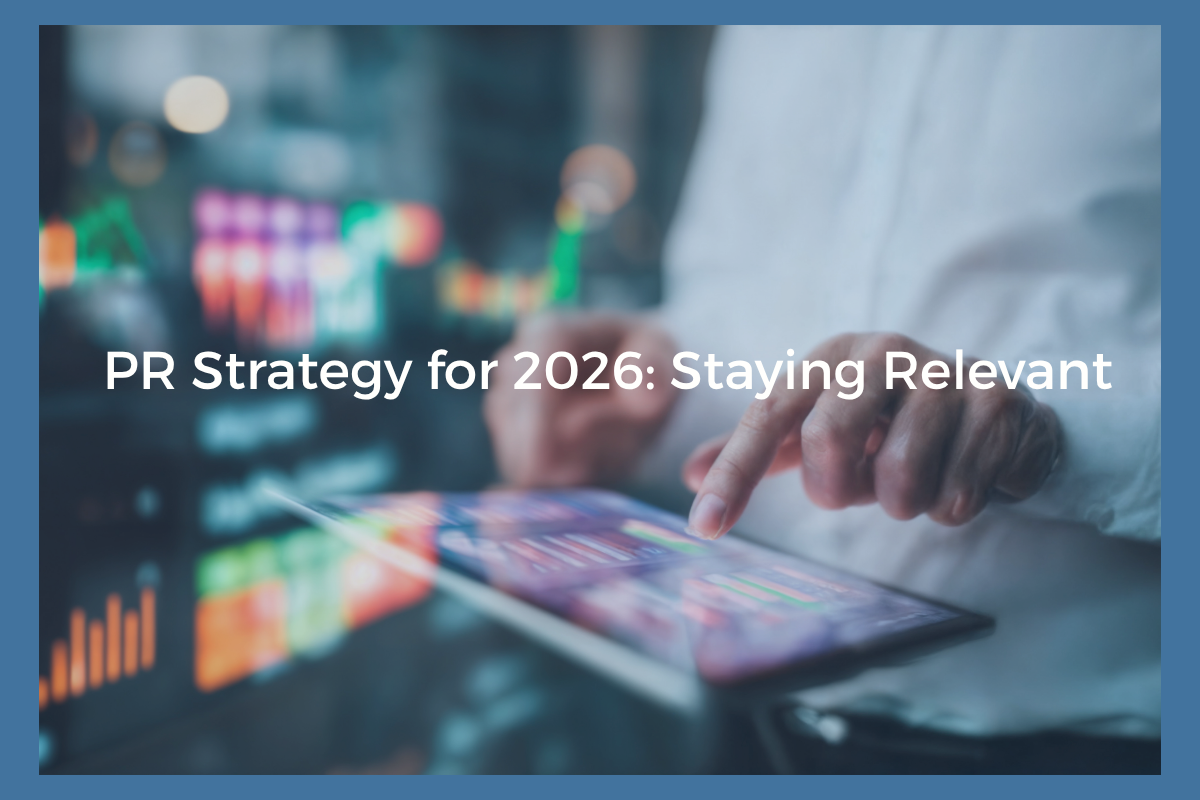The world of PR is shifting faster than ever. Between the rise of AI, new storytelling platforms, and the region’s growing focus on sustainability and innovation, what worked in 2023 or even 2024 won’t cut it in 2026.
For businesses across the Middle East, as we head to the last two months of 2025, it’s time to re-examine how PR strategies are planned, executed, and measured.
The Landscape: What’s Changed
The Middle East’s communications environment has matured significantly. Governments continue to invest in digital transformation, while local media houses have moved towards online-first publishing and brand-partnership models.
At the same time, audiences are more discerning. Whether you’re talking to business customers, partners, or consumers, trust and authenticity matter more than visibility. PR teams now have to compete not just with other brands—but with influencers, AI-generated content, and global noise.
If you missed it, our earlier post on The Power of Feedback in Brand Building explores how audience trust directly shapes perception.
- Anchor PR to Business Purpose
In 2026, every piece of communication should directly support your business objectives. That means aligning your PR calendar to key sales cycles, product launches, or strategic priorities rather than relying on reactive opportunities.
Start by asking: What reputation do we want to build? and What outcome should each announcement achieve? This clarity helps shape stronger narratives and ensures your brand voice remains consistent, regardless of the platform.
For guidance, revisit our post on Creating an Effective PR Budget—it outlines how planning and prioritisation drive better outcomes.
- Understand and Segment Your Audiences
The GCC remains one of the most diverse regions globally. From Arabic-speaking nationals to multinational professionals, one-size-fits-all messaging no longer works.
Use audience insights—social listening, CRM data, and feedback from sales or customer-service teams—to tailor your tone and content. A bilingual, multi-channel approach will continue to perform best, especially when balanced between Arabic and English content.
Our blog on Communicating Across Cultures explores this further, offering examples of how brands can resonate with diverse audiences in the GCC.
- Build Agility into Planning
Gone are the days of rigid, year-long PR calendars. Instead, think of your 2026 strategy as a living framework: a 12-month roadmap broken into quarterly sprints. This structure allows teams to respond to emerging opportunities—new partnerships, policy changes, or industry shifts—without losing focus.
To understand how events can feed into this, see How to Play Your Event Role Right and Build PR Value, which highlights how to maximise visibility before, during, and after business events.
- Integrate Owned, Earned, and Paid Channels
Your website, LinkedIn page, and email newsletters are just as critical as media coverage. A strong PR strategy integrates these “owned” platforms with earned media and selective paid amplification. For example, a thought-leadership article can begin as a blog post, evolve into a media pitch, and be reinforced through social posts or an email campaign.
Consistency across touchpoints strengthens recognition and credibility. Our post on Why LinkedIn Is Your Most Underrated PR Tool offers practical tips on using the platform for executive visibility.
- Measure What Matters
Traditional metrics—like the number of press clippings—tell only part of the story. In 2026, focus on metrics that reflect business value: engagement quality, sentiment, lead conversion, and share of voice in relevant sectors.
Tools such as Meltwater, CoverageBook, and HubSpot’s analytics dashboards can help track real impact. Regular reporting keeps leadership aligned and proves PR’s contribution beyond brand awareness.
For a deeper dive, see our piece on Measuring PR Effectiveness.
The Regional Reality
Middle East PR continues to blend global best practice with local nuance. Bilingual communication, respect for cultural context, and aligning with national visions—such as Saudi Vision 2030 or the UAE Net Zero 2050 strategy—will define successful messaging.
Companies that adapt their strategies to reflect these narratives will not only stay relevant but also position themselves as contributors to regional progress. For broader regional insight, explore Campaign Middle East and PRCA MENA’s reports on communication trends.
A Final Thought
If your current strategy still looks like it did two years ago, it’s time for a refresh. Start with a simple audit: review your goals, audiences, content, and metrics. Then rebuild your plan around clarity, agility, and authenticity—three qualities that never go out of style.
A forward-looking PR strategy isn’t just about adopting new tools or trends—it’s about staying meaningful. The brands that thrive in 2026 will be those that listen closely, communicate clearly, and act consistently on their purpose.



